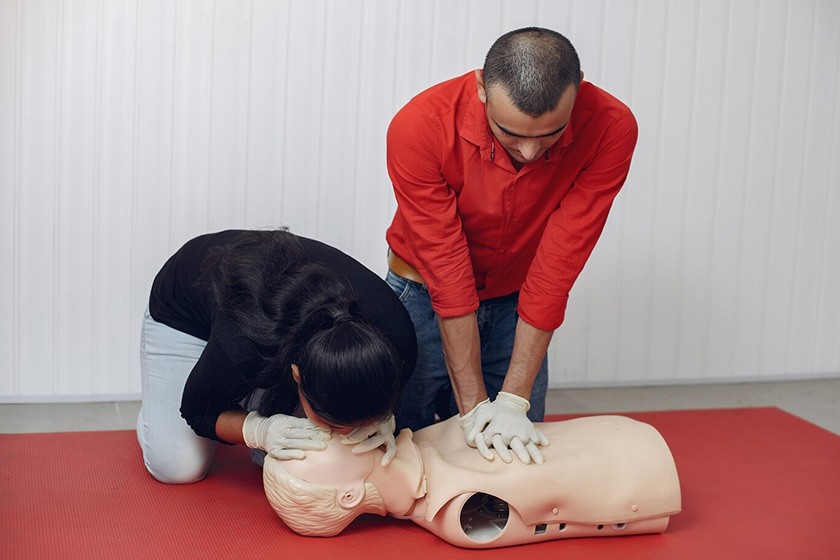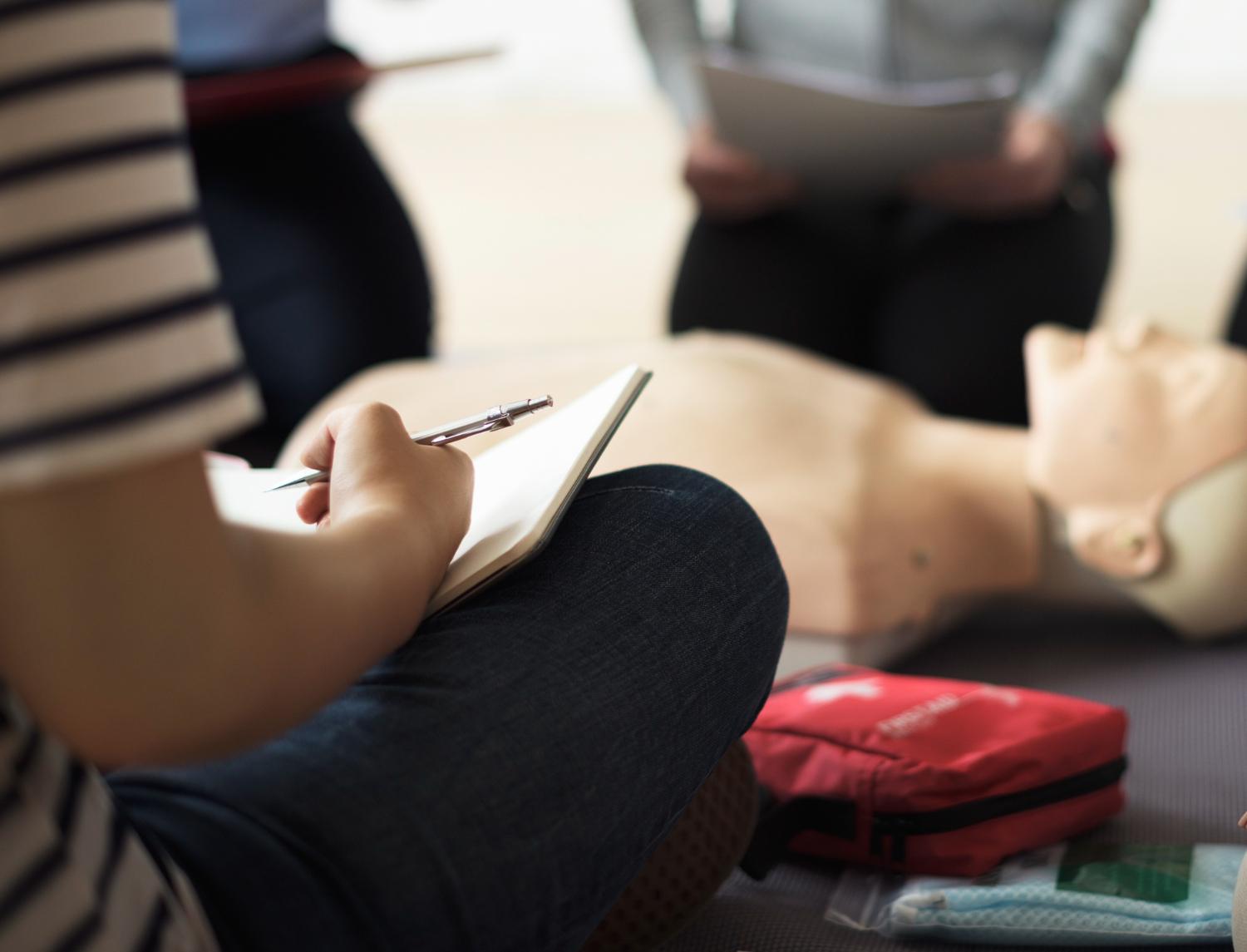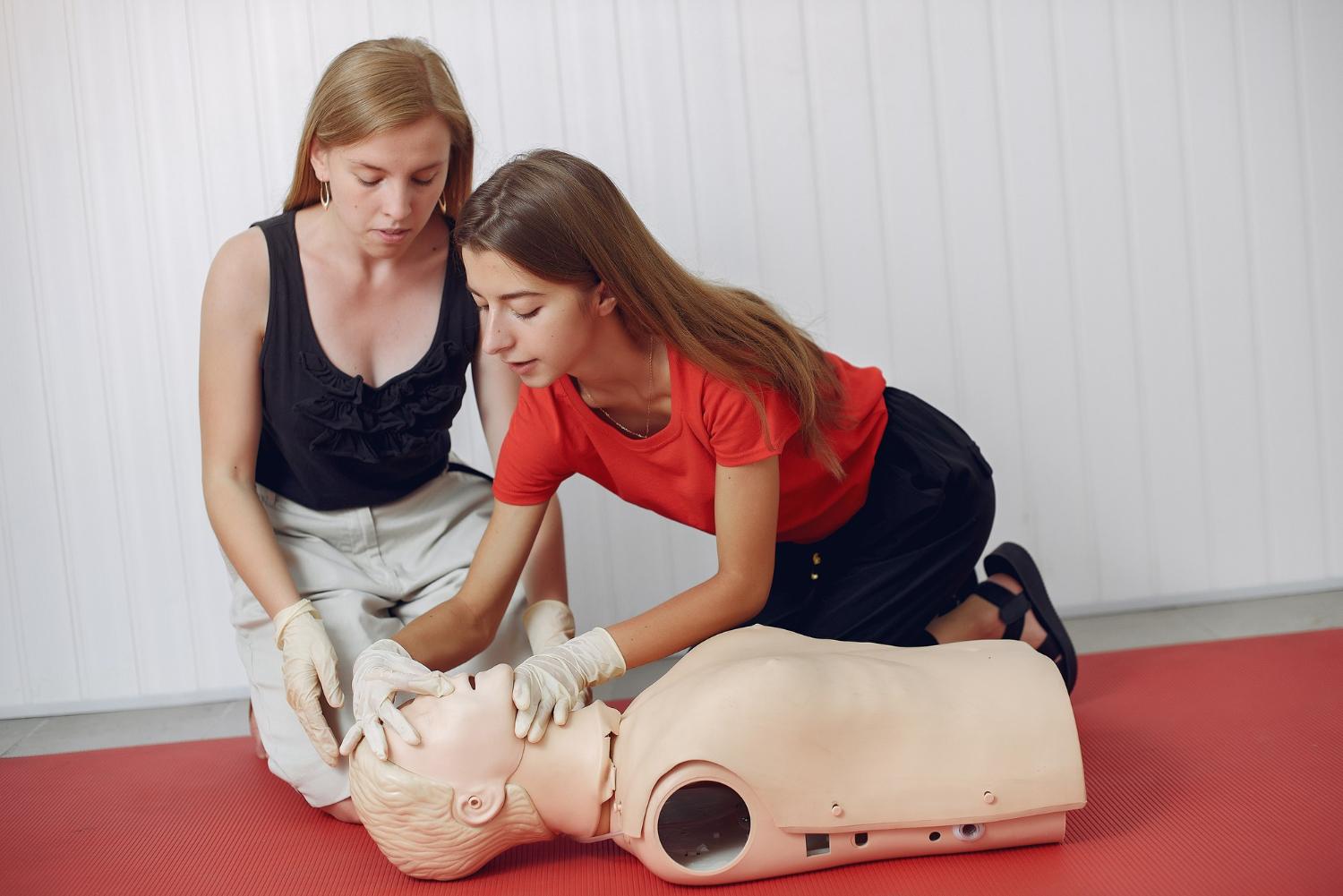Why is CPR Recertification crucial for individuals?

Why is CPR Recertification crucial for individuals?

Cardiopulmonary Resuscitation (CPR) is a life-saving skill that can make the difference between life and death in emergency situations. However, it’s not a one-time certification; it requires periodic recertification to ensure individuals remain proficient in the latest techniques and guidelines. In this article, we’ll explore Why CPR Recertification is crucial, its benefits, legal requirements, industry-specific importance, validity periods, and much more.
Benefits of CPR Recertification
CPR recertification is beneficial in several ways. It’s a crucial part of ongoing learning, helping individuals stay updated on the latest in emergency medicine. This means they have current knowledge, skills, and confidence to respond effectively in critical situations. By staying committed to learning, individuals improve their overall ability to administer life-saving CPR when needed.
Ensures Up-to-Date Knowledge and Skills
The field of emergency medicine is dynamic, with continuous advancements in techniques and protocols. CPR recertification ensures that individuals stay current with the latest guidelines, equipment, and approaches. This ongoing education is crucial for providing effective and informed assistance in emergency situations.
Increases Confidence in Emergency Situations
Confidence plays a pivotal role in responding to emergencies. Regular CPR recertification instills a sense of confidence in individuals, empowering them to act promptly and decisively during critical moments. This assurance can be a determining factor in the successful application of CPR techniques.
Enhances the Ability to Save Lives
The primary goal of CPR is to sustain life until professional medical help arrives. Recertification not only reinforces the fundamental principles of CPR but also introduces individuals to new and more effective methods. This continuous learning process significantly enhances their ability to save lives in diverse emergency scenarios.
Keeps Individuals Updated with the Latest Techniques and Guidelines
Medical guidelines and best practices evolve over time. CPR recertification ensures that individuals are well-versed in the most recent techniques endorsed by medical authorities. Staying informed about the latest guidelines contributes to the overall effectiveness of CPR interventions.
Legal Requirements and Workplace Policies
Laws and Regulations Regarding CPR Certification
In the United States, CPR certification may be a legal requirement in certain professions. For example, healthcare professionals, lifeguards, and childcare providers may be obligated by law to maintain current CPR certifications. Understanding and adhering to these legal requirements is essential for individuals in such occupations.
Workplace Policies and Requirements for CPR Recertification
Many workplaces, irrespective of legal obligations, implement policies mandating CPR certification for specific roles. Employers recognize the value of having employees with CPR skills to create a safer work environment. CPR recertification, as part of workplace policies, ensures that employees remain prepared to respond to emergencies.
Industry-Specific Importance of CPR Recertification
Healthcare Professionals and First Responders
For healthcare professionals and first responders, CPR is a fundamental skill. Regular recertification is critical in these fields due to the dynamic nature of medical practices. The ability to adapt to new technologies, procedures, and protocols is paramount for those on the front lines of healthcare.
Teachers and Childcare Providers
In educational settings, teachers and childcare providers are often responsible for the safety and well-being of children. CPR recertification equips them with the skills needed to respond swiftly and effectively to medical emergencies that may arise in schools or childcare facilities.
Fitness Trainers and Sports Coaches
Individuals working in the fitness and sports industry frequently interact with clients engaging in physical activities. CPR recertification is essential for fitness trainers and sports coaches to ensure they can respond promptly to any medical emergencies that may occur during training sessions or sporting events.
Individuals Working in High-Risk Environments
Certain workplaces, such as construction sites or industrial settings, pose a higher risk of accidents. Employees in these environments benefit significantly from CPR recertification, as they may be the first responders in emergency situations where immediate intervention can be life-saving.
Access to CPR Training Resources
Availability of Training Programs and Courses
Access to CPR training resources is crucial for individuals seeking recertification. Many organizations, both online and offline, offer comprehensive CPR courses. These programs cover basic CPR skills, AED (Automated External Defibrillator) usage, and the latest guidelines for resuscitation.
Online Options for CPR Recertification
In the digital age, online CPR recertification courses have become increasingly popular. These programs offer the flexibility to learn at one’s own pace and convenience, making it easier for individuals to fulfill recertification requirements while balancing their professional and personal commitments.
Local Organizations and Community Centers Offering Training
Community centers and local organizations often organize CPR training sessions. These in-person sessions provide hands-on experience and allow individuals to practice CPR techniques under the guidance of certified instructors. Local training opportunities contribute to building a community that is well-prepared for emergencies.
CPR Certification Validity Periods
Different Certification Expiration Periods
CPR certifications typically have validity periods, ranging from one to two years. The specific validity period may vary based on the type of certification and the certifying organization. It is crucial for individuals to be aware of the expiration date of their certification and initiate the recertification process well before it lapses.
Importance of Staying Updated Within the Validity Period
Staying updated within the validity period of CPR certification is paramount. Emergencies can happen at any time, and having an expired certification may lead to delays in providing life-saving assistance. Regular recertification ensures that individuals are always prepared to respond to emergencies.
CPR Recertification Process
The CPR recertification process typically involves a review of the essential concepts and skills covered in the initial certification. It may also include updates on any changes in guidelines or techniques. Some certifying organizations require individuals to pass written exams and demonstrate their CPR skills in simulated scenarios.
Duration and Requirements
The duration of CPR recertification varies depending on the certifying organization and the specific course. Recertification courses are designed to be more focused and condensed compared to initial certification courses. The requirements often include attending the recertification course, passing assessments, and demonstrating proficiency in CPR skills.
Hands-On Practice and Evaluation
Hands-on practice is a crucial component of CPR recertification. Participants have the opportunity to practice chest compressions, rescue breaths, and AED usage under the supervision of qualified instructors. This practical aspect ensures that individuals can apply their knowledge effectively in real-life situations.
Final Words
In conclusion, CPR recertification is not just a formality; it is a commitment to being prepared to save lives. As we navigate the uncertainties of life, prioritizing CPR recertification is a tangible way for individuals to contribute to the safety and well-being of their communities. So, let’s make the commitment to stay informed, stay certified, and be ready to make a difference when it matters most.
Don’t let your CPR certification expire and risk being unprepared in a critical moment. Contact us now to schedule your CPR recertification and take the necessary steps to ensure you’re equipped with the knowledge and skills needed to save lives.
About Author:
admin
Recent Posts
- CPR Certification for Travelers: Be Prepared to Save a Life on the Go
- Mastering BLS for Different Age Groups: Adults, Infants, and Children
- What Is the CPR Survival Rate for Individuals and How Can You Improve It?
- First Aid Phoenix Preparedness: Safely Exploring Outdoor Adventures in Phoenix, AZ
- Basic Life Support (BLS): What You Need to Know





